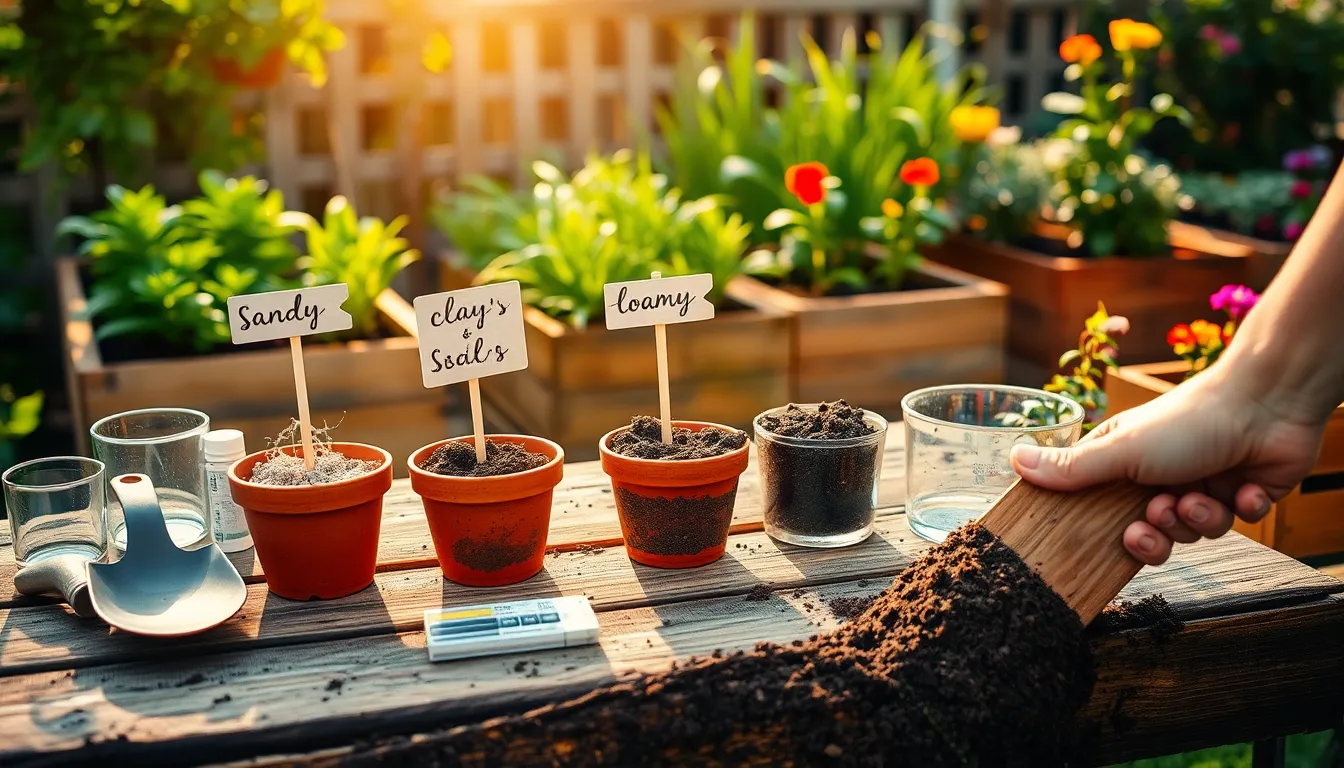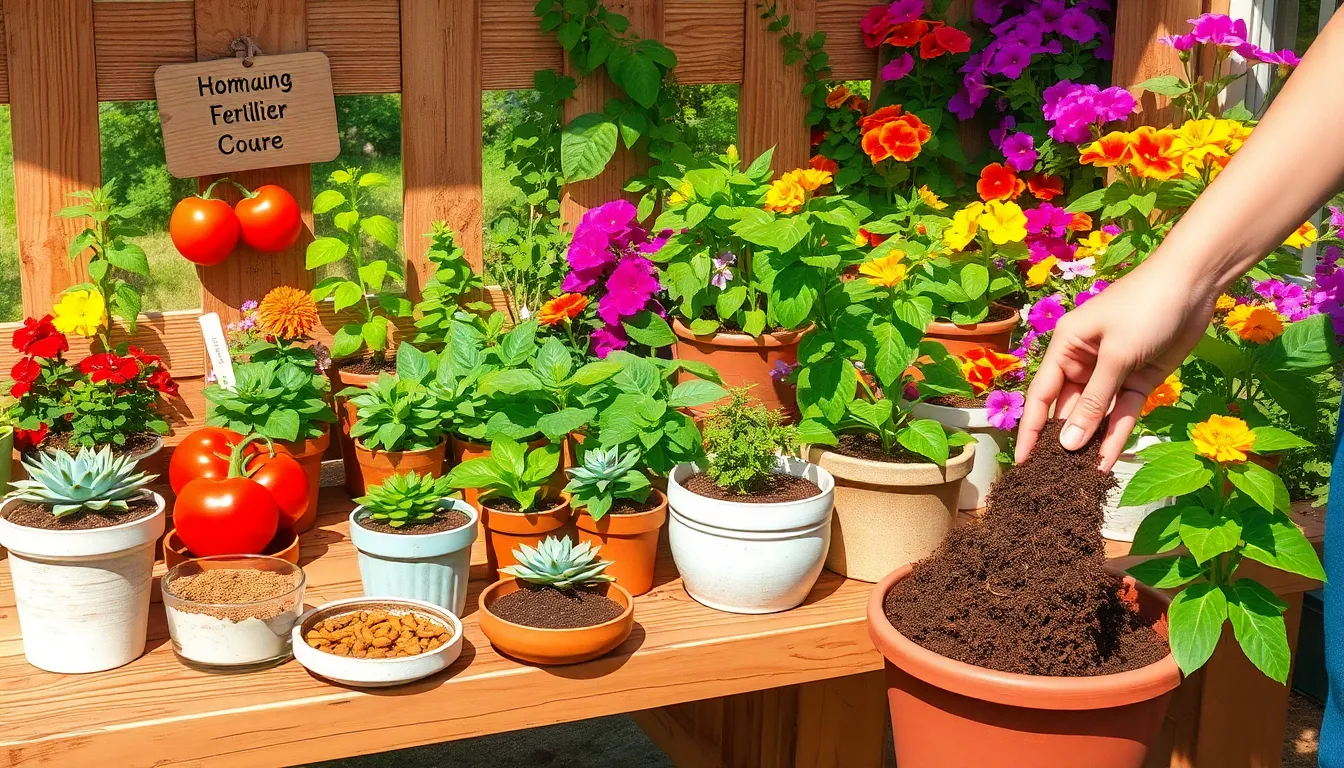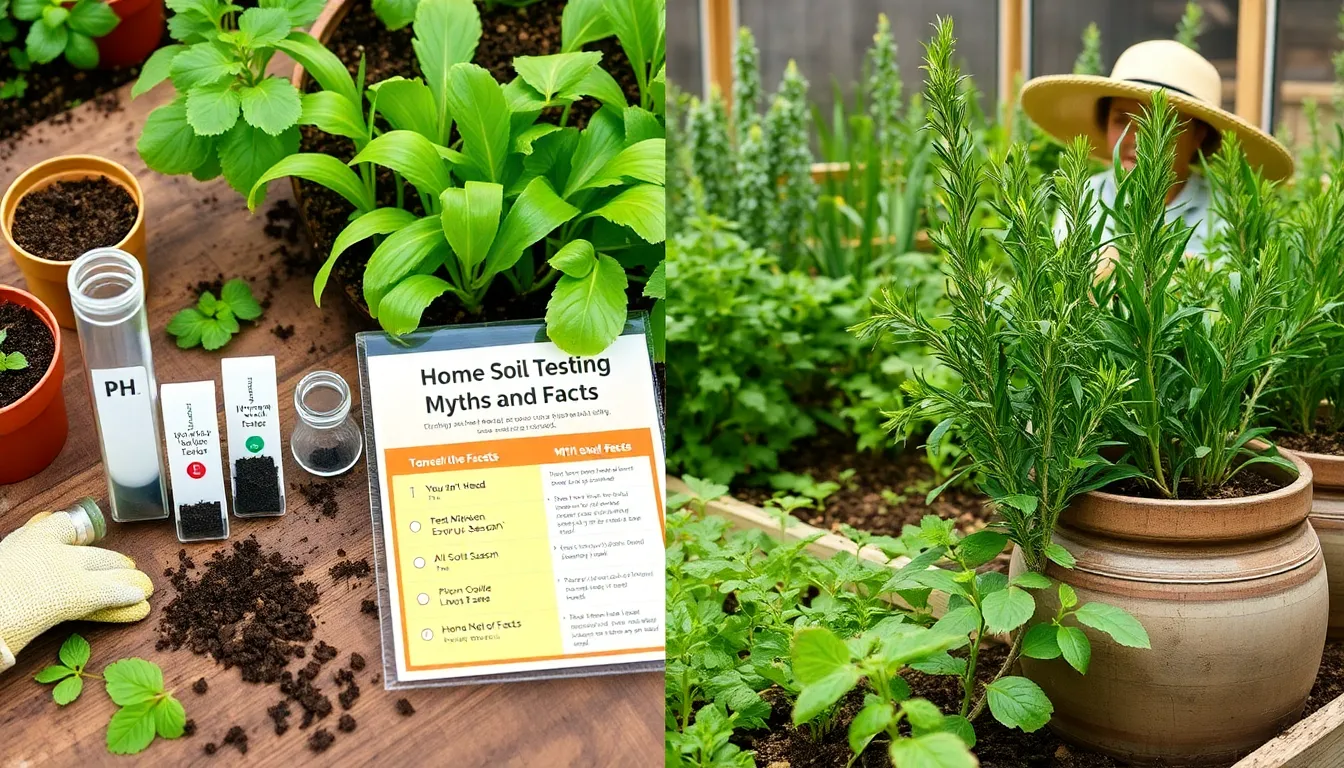Embarking on the journey of gardening is a delightful adventure, where the ground beneath your feet holds the promise of vibrant blooms and bountiful harvests. Yet, whether you’re just starting out with your first potted plant or nurturing a sprawling backyard oasis, the foundation of your success hinges on understanding and caring for your garden’s soil. Testing garden soil at home is a crucial step that can dramatically influence the health and productivity of your plants. It is here that many gardeners, both novices and seasoned green thumbs, can make easily avoidable mistakes that may hinder their gardening dreams.
In this article, we will delve into the common pitfalls encountered when testing garden soil at home, empowering you to cultivate a thriving garden with confidence. You’ll discover practical tips and insights into avoiding these blunders, ensuring that your plants receive the nurturing environment they need to flourish. By taking the time to understand your soil’s unique characteristics, you foster an intimate relationship with your garden that rewards you with lush, healthy growth. Together, we’ll explore the art of soil testing, transforming potential obstacles into opportunities for a flourishing garden sanctuary.
Let’s dig deep into the heart of what makes soil testing an indispensable part of successful gardening. From identifying nutrient imbalances to understanding soil pH, you’ll gain the knowledge to tailor your soil amendments precisely to your garden’s needs. Each step you take will be a step closer to turning your gardening space into a personal Eden, bursting with life and vitality. Whether you’re looking to avoid common errors or refine your soil-testing skills, this guide is your companion on the journey to a more vibrant and fruitful garden.
Ignoring Soil pH Levels
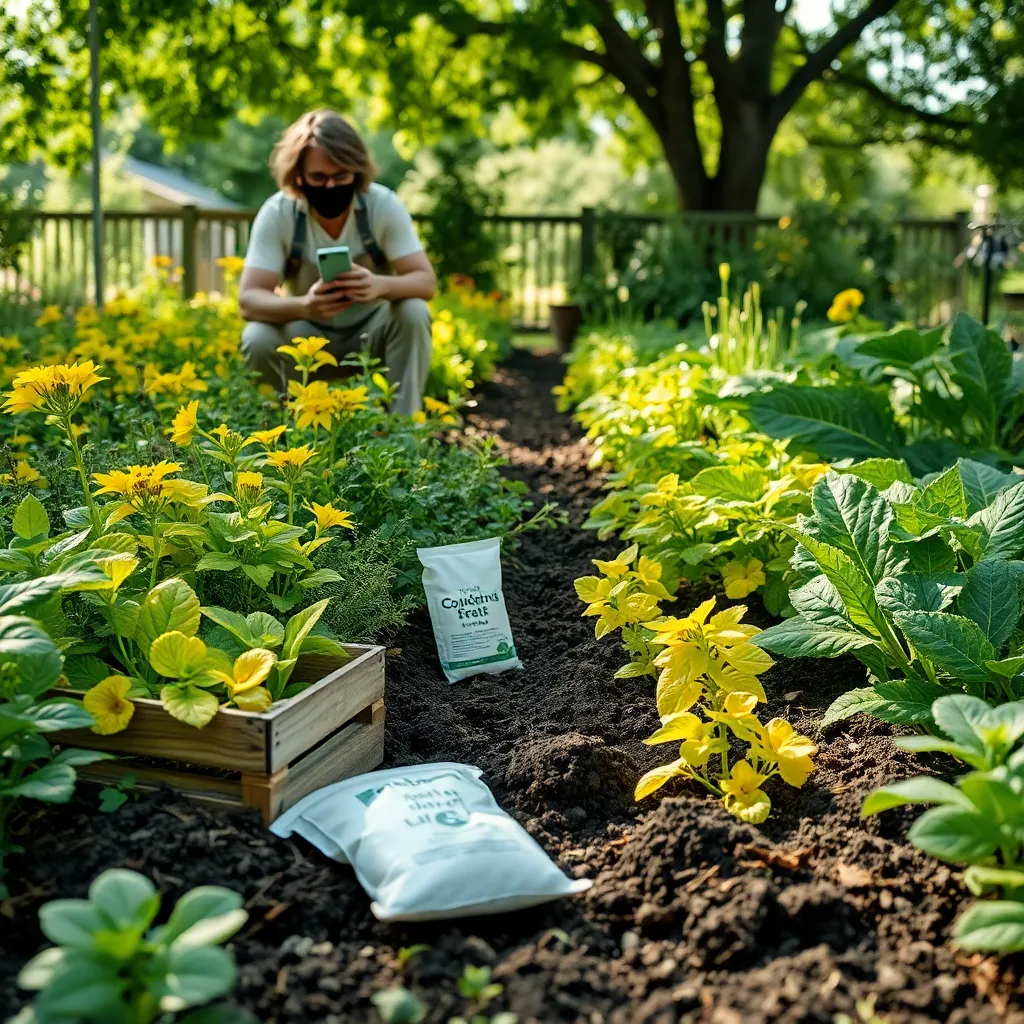
Many gardeners underestimate the importance of soil pH, which can significantly impact plant health. Ignoring soil pH levels can lead to nutrient deficiencies, even if the soil is otherwise rich in nutrients.
To determine your soil’s pH, test it using a simple home test kit or send a sample to a local extension service. Ideal pH levels vary, but most garden plants thrive in soil with a pH between 6.0 and 7.0.
Adjusting soil pH might require adding lime to raise it or sulfur to lower it, depending on your test results. Make these adjustments gradually and retest the soil after a few weeks to ensure you’re moving in the right direction.
For those growing acid-loving plants like blueberries or azaleas, maintaining a lower pH is crucial. Consider using peat moss or pine needles as a mulch to help naturally acidify the soil over time.
Using Non-Sterile Soil Tools
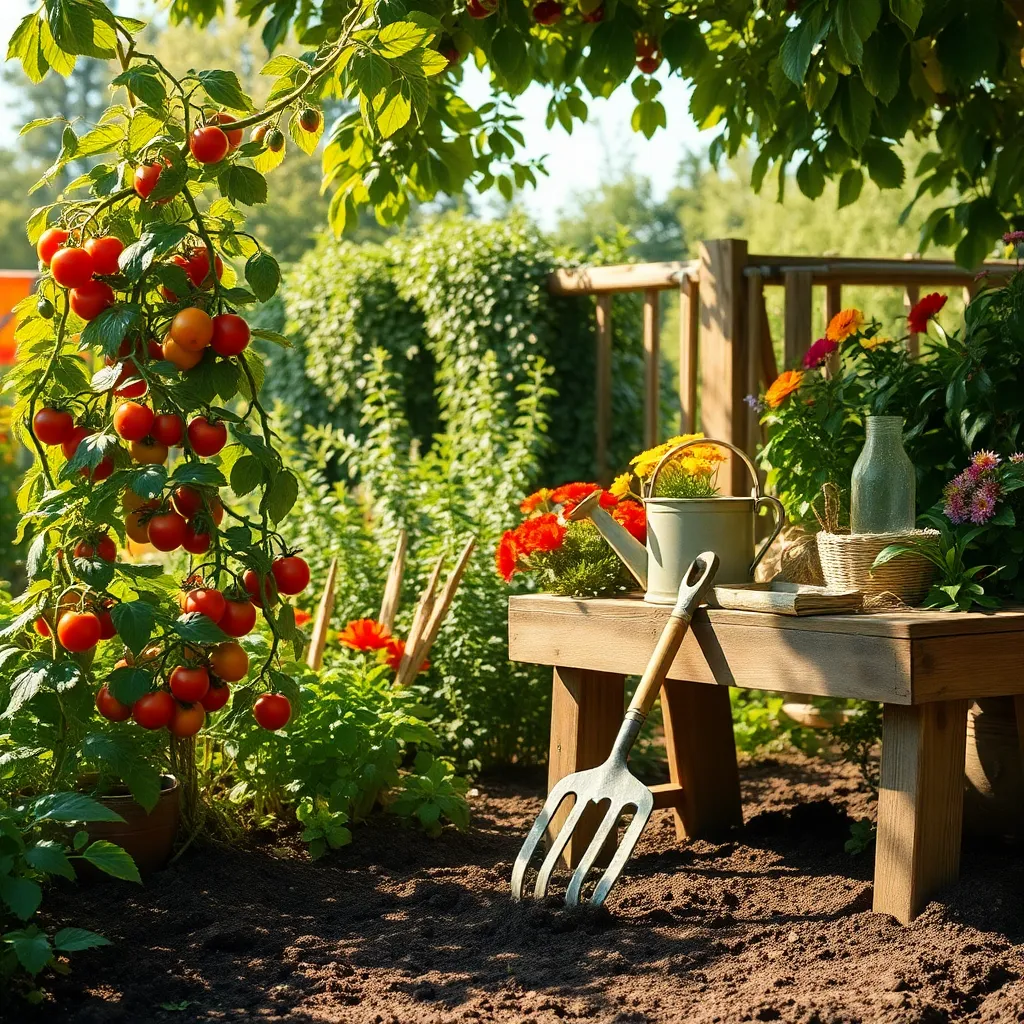
Using non-sterile soil tools is a common mistake that can lead to unexpected garden issues. Contaminated tools can introduce pathogens or pests to your garden soil, potentially affecting plant health.
To avoid these problems, always clean your tools after each use. A simple rinse with water followed by a soak in a mild bleach solution (1 part bleach to 9 parts water) can effectively sterilize them.
Many gardeners overlook the importance of keeping their tools clean, especially when moving between different parts of the garden. Cross-contamination can spread diseases from one plant or area to another, so it’s crucial to disinfect tools regularly.
Advanced gardeners can take an extra step by investing in a tool cleaning station, which conveniently integrates cleaning and storage. This setup not only ensures tools are ready for use at all times but also prolongs their lifespan by preventing rust and wear.
Overlooking Soil Drainage Needs
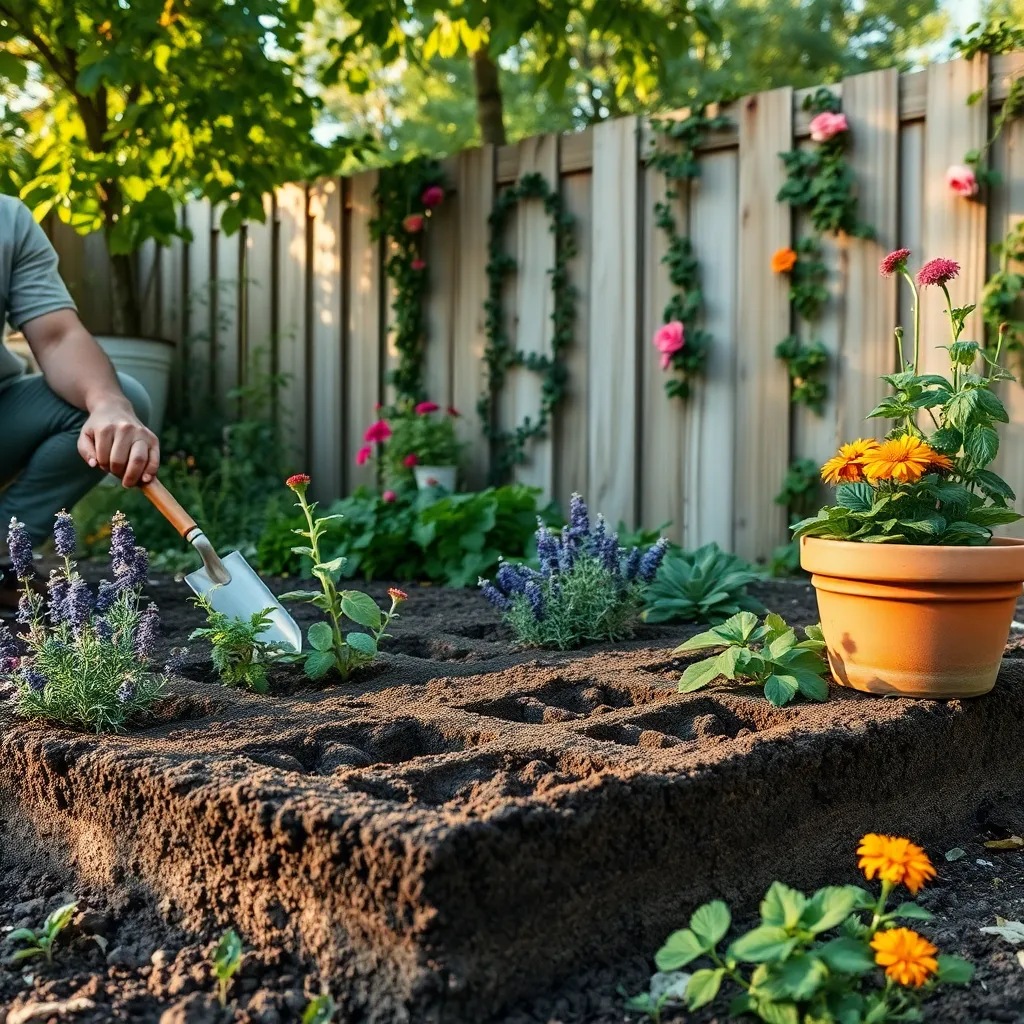
One common mistake gardeners make is overlooking soil drainage needs, which can lead to root rot and plant stress. It’s essential to assess your garden’s soil drainage by conducting a simple percolation test. Dig a small hole about 12 inches deep, fill it with water, and observe how long it takes to drain. If the water takes more than 4 hours to disappear, you might have poor drainage issues to address.
To improve drainage, consider amending your soil with organic matter such as compost or well-rotted manure. These materials not only enhance soil structure but also promote healthy microbial activity. For clay-heavy soils, incorporating coarse sand or perlite can help create air pockets, allowing water to pass through more efficiently. Always aim for a balance between water retention and drainage to suit the specific needs of your plants.
Choosing the right soil type for your plants is crucial. For example, cacti and succulents thrive in a gritty, fast-draining mix, while vegetables like tomatoes prefer loamy soil that retains moisture without becoming waterlogged. When planting in containers, ensure pots have adequate drainage holes to prevent water from accumulating at the bottom.
Watering practices also play a critical role in maintaining optimal drainage. It’s better to water deeply and less frequently to encourage roots to grow deeper and stronger. Ensure your garden’s surface is level or slightly contoured to prevent water pooling in low spots. These strategies will help create a thriving garden environment while preventing common drainage-related issues.
Neglecting Soil Nutrient Deficiency
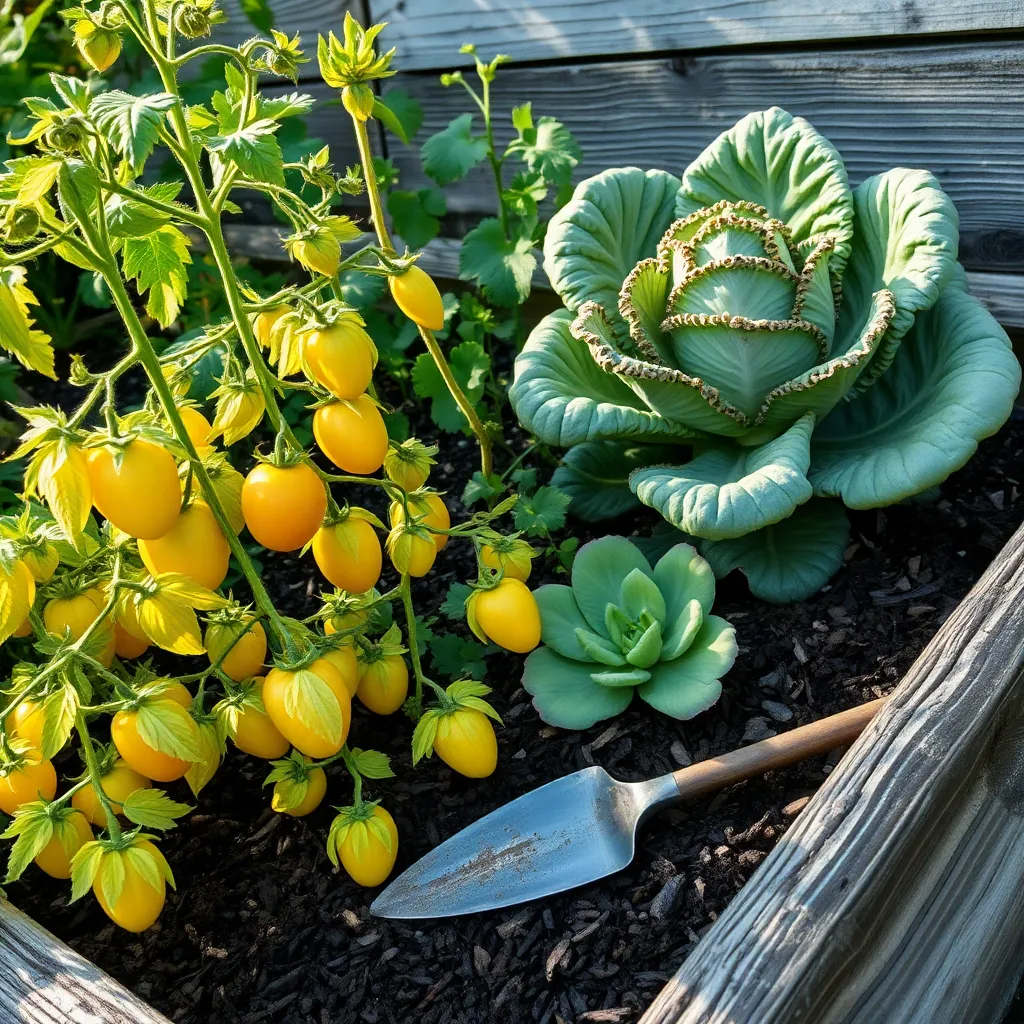
Many gardeners underestimate the impact of soil nutrient deficiency on plant health. Failing to address this can lead to stunted growth and poor yields. Conducting a simple soil test can reveal deficiencies in essential nutrients like nitrogen, phosphorus, and potassium. These tests are widely available at garden centers and provide specific recommendations for amendments.
Once you know which nutrients are lacking, you can amend your soil accordingly. For nitrogen deficiency, consider using organic options like blood meal or fish emulsion. Phosphorus can be supplemented with bone meal or rock phosphate, while potassium can be boosted with greensand or wood ash. It’s important to follow product instructions carefully to avoid over-fertilizing, which can harm plants.
Incorporating organic matter into your soil not only improves nutrient levels but also enhances soil structure. Compost, well-rotted manure, and leaf mold are excellent additions that gradually release nutrients as they decompose. Regularly turning these materials into your soil encourages microbial activity, which is crucial for nutrient availability. For a more advanced approach, consider using cover crops like clover or vetch in the off-season to naturally fix nitrogen and improve soil fertility.
Maintaining the right pH level is also crucial, as it affects nutrient uptake. Most plants thrive in slightly acidic to neutral soil, with a pH of 6.0 to 7.0. Lime can be added to raise pH, while sulfur can be used to lower it. Regularly testing your soil’s pH and adjusting as needed ensures your plants can absorb the nutrients they need to flourish.
Misjudging Soil Texture Composition

Understanding soil texture is crucial for successful gardening, yet it’s a common area where mistakes occur. Many gardeners misjudge their soil’s composition, leading to poor plant growth. Soil texture determines how water and nutrients are retained, affecting plant health. To assess your soil, try the simple “jar test.” Fill a jar with equal parts soil and water, shake it, and allow it to settle for 24 hours. This will help you visually separate sand, silt, and clay layers, providing a clearer picture of your soil’s makeup.
Once you have identified the composition, you can take action to improve it. For sandy soils, which drain quickly, add organic matter like compost to enhance water retention. Clay soils, on the other hand, can benefit from gypsum or coarse sand to improve drainage and reduce compaction. Aim for a loamy texture, which offers the best of both worlds: good drainage and nutrient retention. Regularly amending your soil based on its specific needs will ensure it remains healthy and productive.
It’s important to remember that soil texture influences not just water retention but also root penetration. Roots find it hard to expand in compact clay soils, while sandy soils may not provide enough support. For gardeners aiming to cultivate root vegetables, ensuring the right soil composition is even more critical. Consider using raised beds or containers with a customized soil mix for such crops. This approach allows for precise control over soil texture and composition, leading to healthier plants and bountiful harvests.
Advanced gardeners might experiment with cover crops to naturally enhance soil texture over time. Plants like clover or vetch can add organic matter and improve soil structure when tilled back into the ground. This method not only enhances texture but also adds valuable nutrients to the soil. By consistently monitoring and adjusting your soil’s composition, you set your garden up for success. Remember, the key to thriving plants lies beneath the surface, in the very soil they grow in.
Conclusion: Growing Success with These Plants
As we conclude our exploration of the ‘Mistakes To Avoid In Test Garden Soil At Home,’ it’s clear that nurturing a flourishing relationship requires attention and care, much like tending to a garden. We delved into five key relationship concepts: maintaining open communication, being mindful of personal boundaries, balancing individual and shared goals, practicing empathy, and fostering trust. These principles serve as the foundation for a thriving partnership, ensuring both partners feel valued and understood.
Now, take a moment to reflect on one area where you can make a small but meaningful change. Perhaps it’s initiating a heartfelt conversation or setting aside time to understand your partner’s perspective. Embarking on this step today could cultivate deeper connections and mutual growth.
Remember, every relationship is a journey, and having the right tools at your fingertips is crucial. Bookmark this article so you can revisit these insights whenever you need guidance or inspiration.
Looking ahead, embracing these principles promises a future of enriched companionship and enduring love. With dedication and the right approach, your relationship can blossom beautifully. Feel empowered to take these steps today, and witness the transformation they bring tomorrow.

